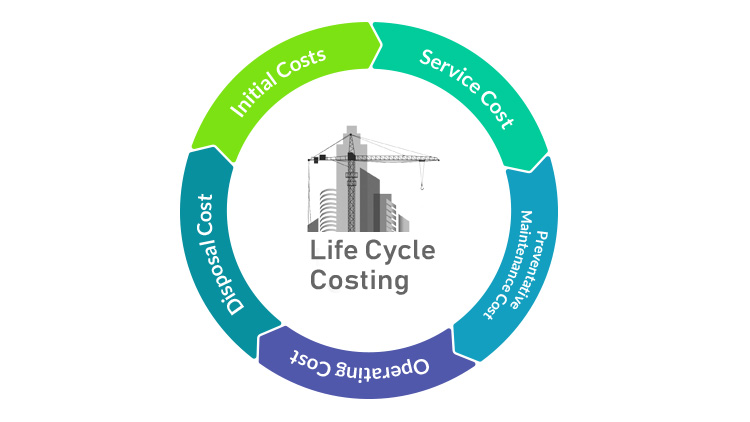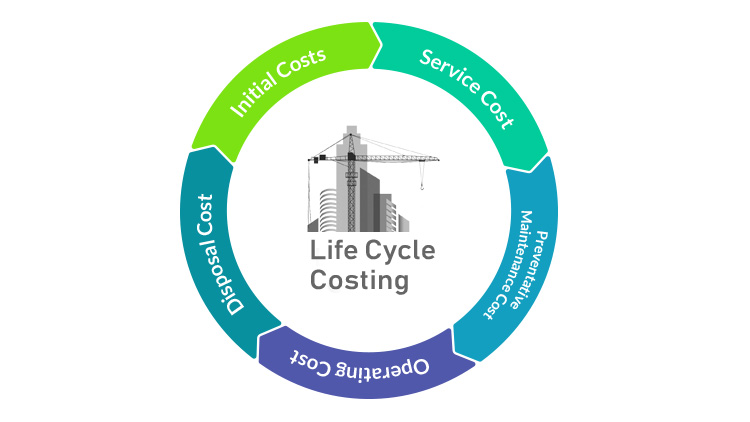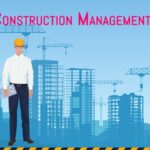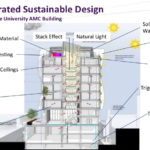One of the most important aspects of a construction company is a life cycle costing that is used by every business to outline the costs that lay ahead of them fully. To understand this, it’s important to go over what a life cycle cost is, the benefits of life cycle costing, and what a building’s life cycle cost is.
What is a Life Cycle Cost in Construction?
The name is what sort of helps an individual understand what a life cycle cost is. It’s a method that determines the overall cost of a construction project and the cost of the entire building’s life cycle.
It’s often used in the early stages of a building’s development. However, some companies like to use it as a tool for the entire process of a building. As noted, this is due to the fact that a life cycle cost determines the costs surrounding the entire life of a building such as the investment cost, maintenance cost, renovation cost, operating cost, and the end of life cost.
The entire stage of a construction process is a long one. Starting and ending with a concept, design, construction, operation of the project, and the end of life for the project. The amount of information surrounding this is the main reason why a life cycle cost is used. It’s a tool that paints out the greater picture of cost surrounding a project to the construction team behind the project.

Benefits of Life Cycle Costing
There are a lot of benefits for life cycle costing. One of the most important being the ability to allow a company to reduce costs. If it turns out that the company is going over their budget, they can look at a life cycle cost to help determine what alternatives they can go with to reduce cost. Alternatives such as the design, building components, and much more.
These factors are determined over the entire life span of the project allowing the company to encompass what they should do entirely.
However, it’s important to know that a life cycle cost doesn’t necessarily determine the cheapest option available for a construction team. It actually helps a company determine the largest economic advantage with consideration of cost and benefit over the life of a project.
Besides the ability to reduce costs, a life cycle cost helps a construction team determine the maximum benefit of their project. This is done by analyzing the cost with the benefits in mind. Combining the two is what determines the overall success rate of a project.
In simple terms, a life cycle cost is what can help determine alternatives for a more cost-effective and benefit based project.
What is a Building’s Life Cycle Cost?
A life cycle cost is not just used in construction. It’s something that is used in all sorts of projects because of how it determines current and future costs. This is why it’s important to note the exact features of a building’s life cycle cost.
A building’s life cycle cost isn’t too difficult to comprehend. Below is a list from beginning to the end of what a life cycle cost looks at.
1. Resource Extraction
A company will look at where the actual resources for the building should come from. Factors such as cost and environmental impact play an important role in determining where they should get the resources from.
2. Manufacturing
After the resources are extracted, the actual manufacturing of the materials needed for the project will be done. Determining what manufacturer is most suited for the job plays an important role in this method. Cost, reputation, environmental impact, and relationship plays the main factor in this step.
3. On-Site Construction
After the resources have been manufactured, the next step is the actual on-site construction. This is the main component of a construction company and is the most looked at area of the entire project.
4. Occupancy and Maintenance
Some people think that the on-site construction should be the last factor when looking at a companies costs. In reality, a life cycle cost determines everything after that as well. The occupancy and maintenance of a project should be just as heavily looked at as everything else.
5. Demolition
Once a company enters its final life cycle, demolition is the key factor in ending the life cycle of a building. The demolition is an important piece of this process, but it isn’t the final step.
6. Recycling, Reuse, Disposal
After demolition occurs, the recycling, reusability, and how disposable the resources should be determined. Factors such as cost, environmental impact, and the ending of the process are what concludes the entire process of a life cycle cost.
Conclusion
As noted, the life cycle cost of a project is important for a company to analyze a projects entire cost and to compare and contrast alternatives for an economic benefit. It’s an important tool that a lot of construction companies utilize.



